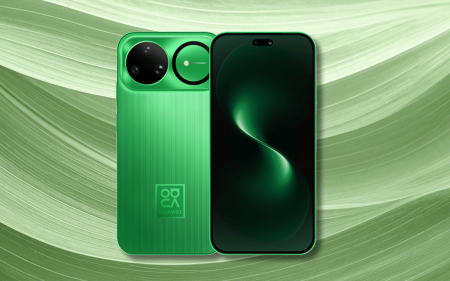It takes a long time to send something to space but the James Webb Space Telescope has taken longer than most. The replacement for astronomy hero Hubble has faced several delays since it was first pitched — it’s over fourteen years late — but NASA finally has a date for this bit of scientific hardware’s ascension — 18 December 2021.
Things are looking up for the James Webb Space Telescope
The space agency says that, following successful testing of the hardware itself (because you don’t fly more than $10 billion into space without making damned sure it’s going to work), the James Webb space hardware is finally ready to travel to orbit. Well, once it’s sent from Redondo Beach, California, to its launch site.
It’ll make the trip to space on 18 December, launching from Kourou, French Guiana, onboard a European Space Agency (ESA) launch vehicle, the Ariane 5. This is a 50.5-metre rocket capable of hefting 10 tons into a geostationary transfer orbit. It should handle the James Webb ‘scope’s 6,500kg weight fairly well.
The Webb hardware, according to NASA, “…will explore every phase of cosmic history – from within our solar system to the most distant observable galaxies in the early universe, and everything in between.” The telescope will be a little different from what we’re used to seeing from space-based astronomy hardware, however.
It’ll live at a Sun-Earth Lagrange point, which should give it amazing views of the cosmos, but it will also require fuel to stay in orbit there. As such, the telescope has an expected lifespan of five years, though NASA’s hoping to squeeze ten out of it — far less than Hubble’s thirty years of service to date. But just think of the pictures the James Webb Space Telescope will take in that time…




